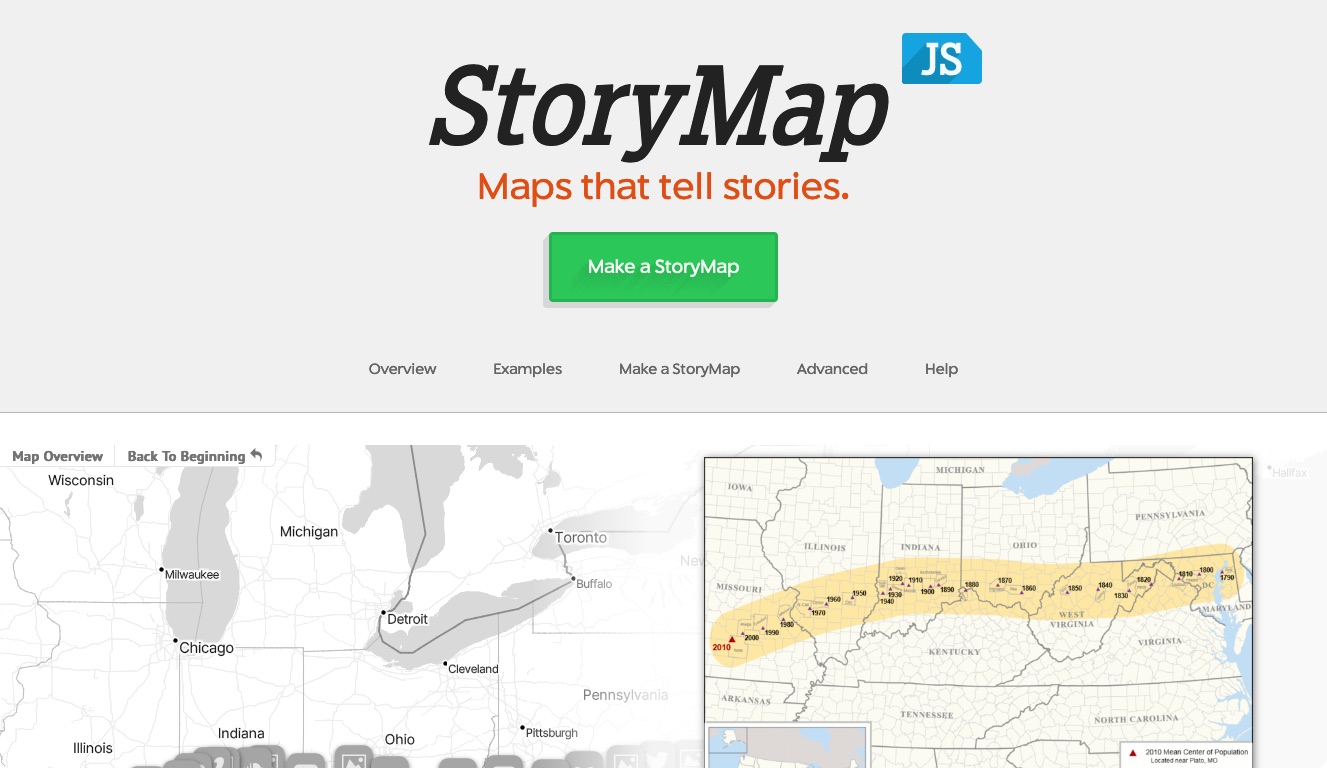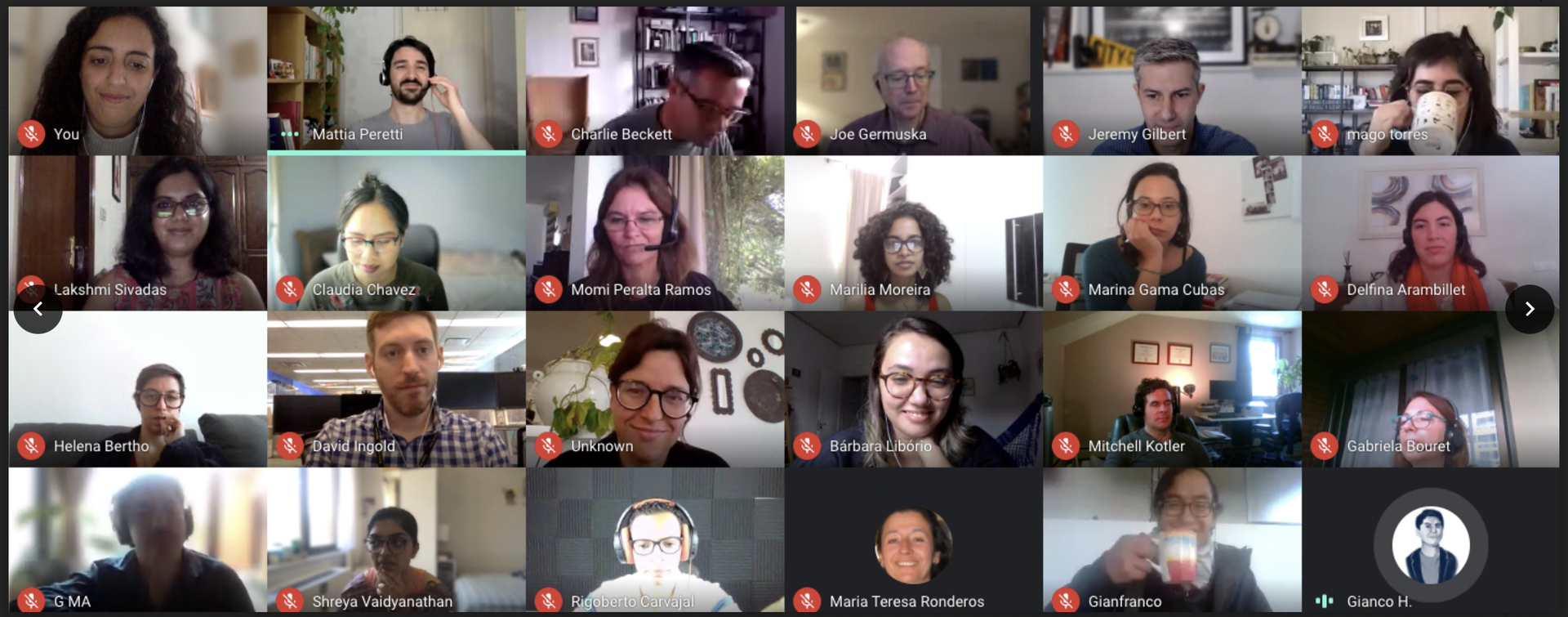Yesterday I attended a fun and interactive MozFest session led by Melody Kramer, a digital strategist at NPR, in which she used the game Werewolf to teach how she makes products for NPR.
Only, in our game, the scary Werewolf didn’t kill people, it killed features.
In a traditional game of Werewolf:
The moderator divides players into two secret teams – the werewolves and the villagers. The werewolves’ goal is to kill all of the villagers before being discovered. The villagers’ goal is to identify the werewolves and vote to lynch them.
The metaphor is a bit tenuous, but in our game the goal was to build a new digital product before the werewolf could destroy all the features.
We were tasked with designing a new audio player for NPR. My group designed what can only be compared to Frankenstein. We were thinking about most advanced, cutting edge features we could cram into our audio player without thinking about why a listener might want to use them or about how we could get the support of the company to build those features. It was going to have crowdsourced transcriptions, a commenting system, play an pause buttons, voice control and something called “audio emoji.”
We weren’t totally sure what “audio emoji” are, but they sure sounded cool.
And then, in our game of Werewolf, night fell. We banged on the table and the werewolf arose from its sleep to cross features off of our list. Voice control and crowdsourcing transcriptions were kaput. We had to change the way we were thinking to make our audio player.
We had to go back to the drawing board and focus on who was actually going to use the audio player, what we were actually trying to let them do with it, and then—and only then—think about how we wanted them to do it.
Kramer sees her role at NPR as a translator between the audience, the editorial team and the product team. To create a project with the chance to impact how people work, you have to consider other perspectives.
Taking that advice, we focused on layers of audio commentary as our primary goal, started simplifying the experience, and thinking about the different contexts people would use the product. We came up with fictional users who might use our audio player and thought about how each case was different.
Does the person using our product while washing their hands need a different interface than the person in the car or lying in bed? Do you care about all of those use cases or should you optimize for one of them? How do you simplify the player to translate the technical concepts to non-technical listeners. By the end of the session, we had a much different idea than what we started with because we stopped making an audio player for ourselves and starting thinking about who we were making it for.
“I’m a fan of games, the are a great way to teach people in a non-confrontational way,” said Kramer. “People like to learn with fun.” And in addition to being very informative, the session was a lot of fun.
Being forced out of the mindset of a news nerd and into the mind of the audience is important. Games like Werewolf can be a useful way to remind yourself that you are not your user when designing a project.
About the author
Tagged





